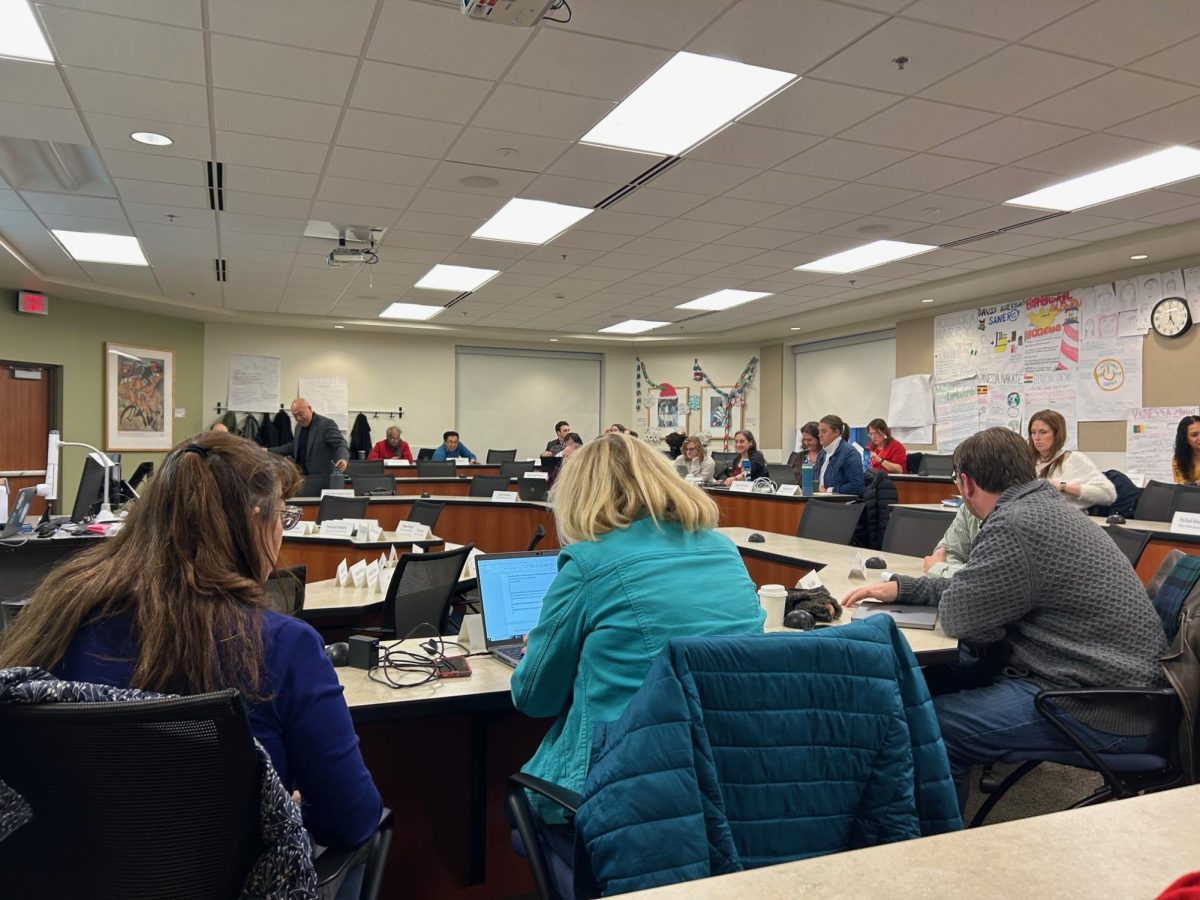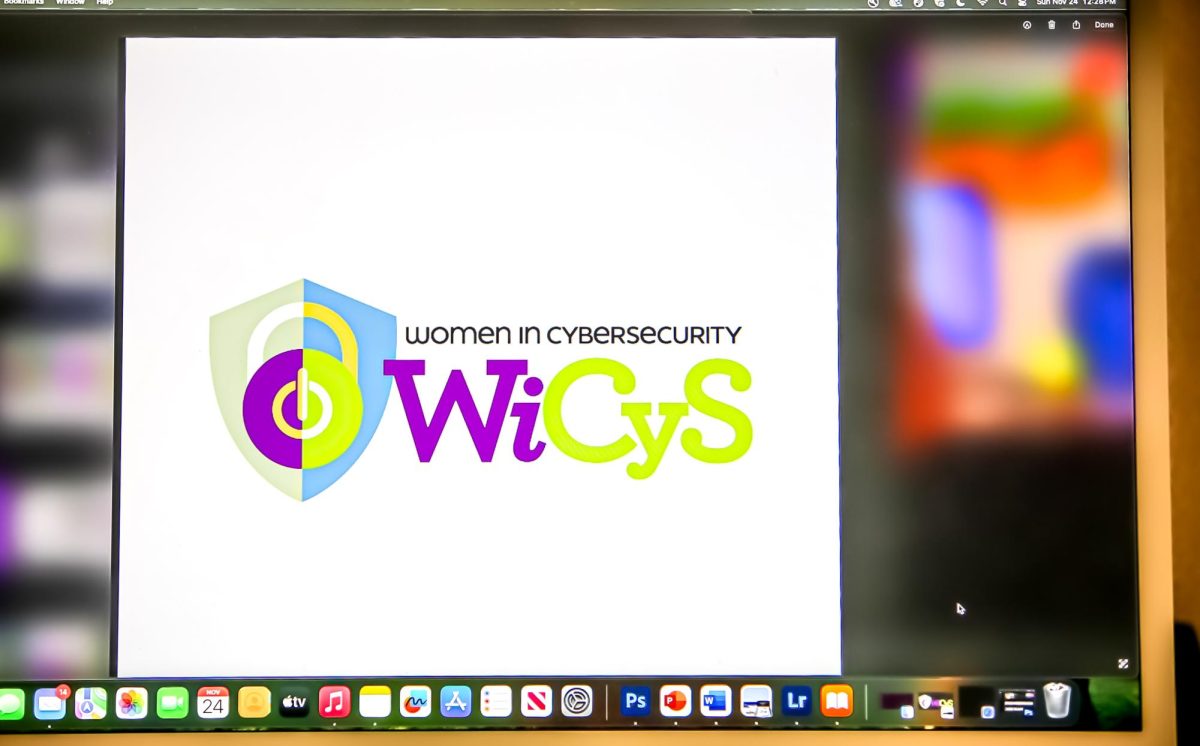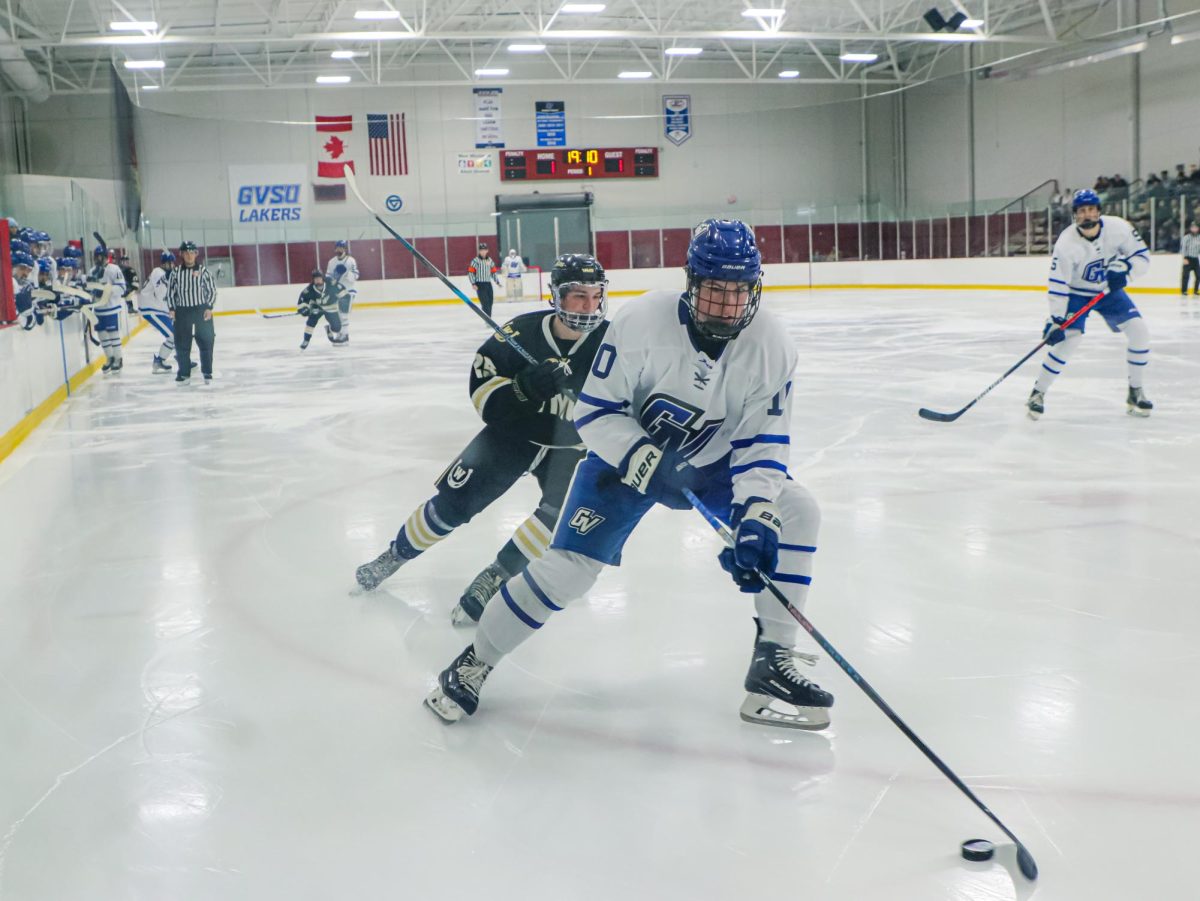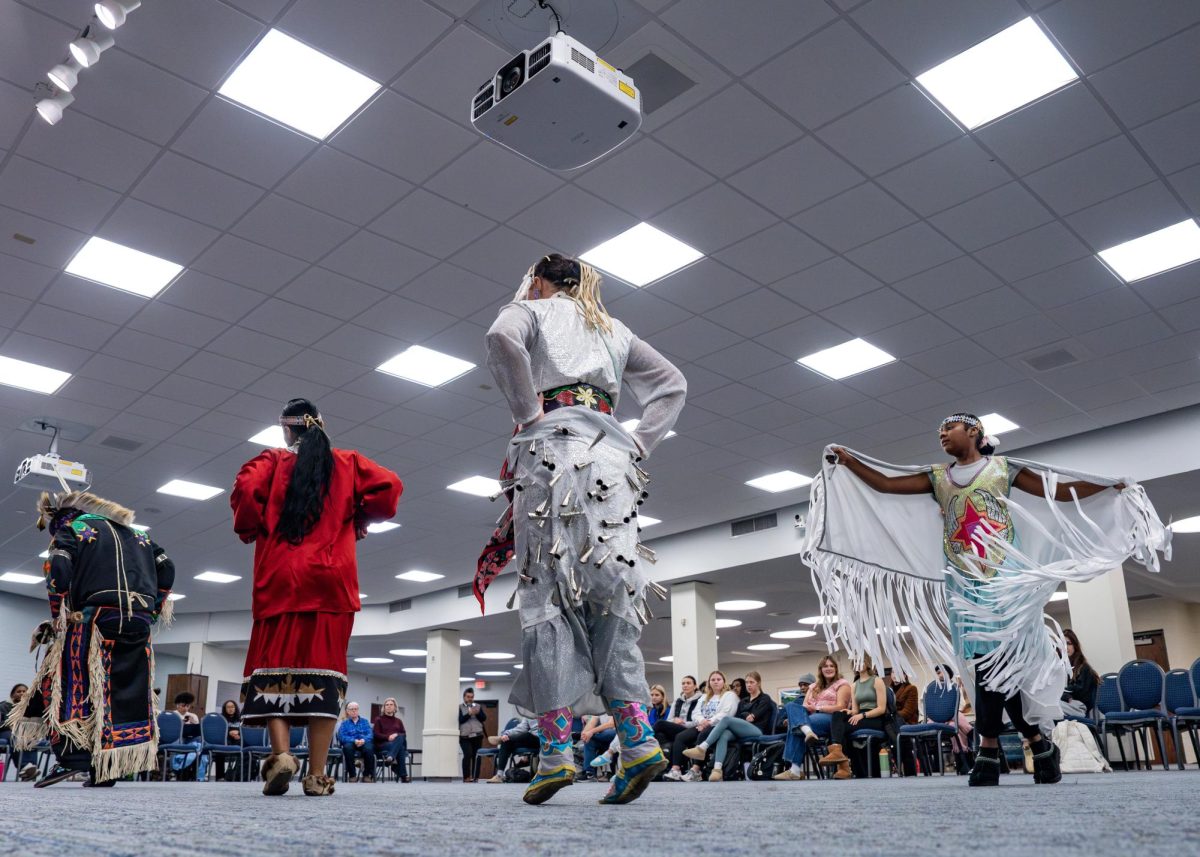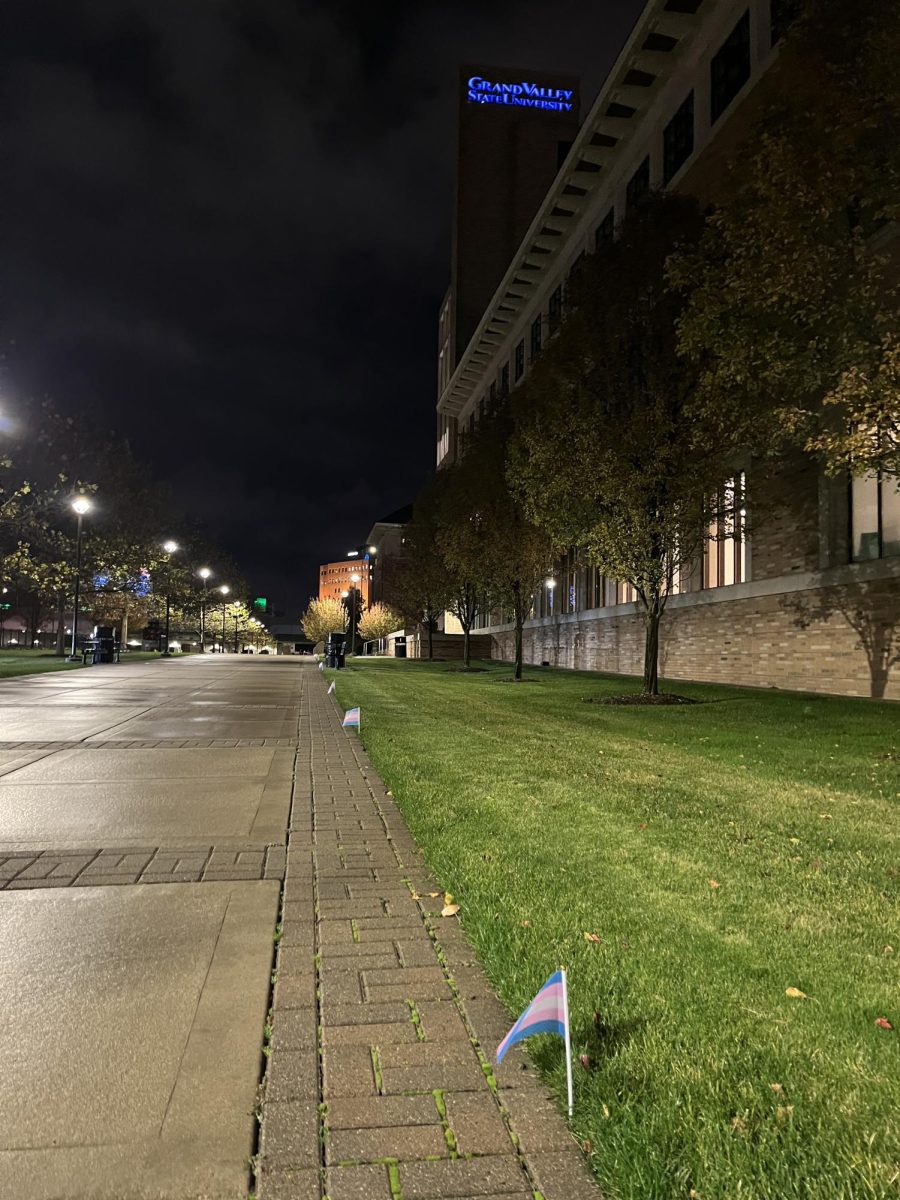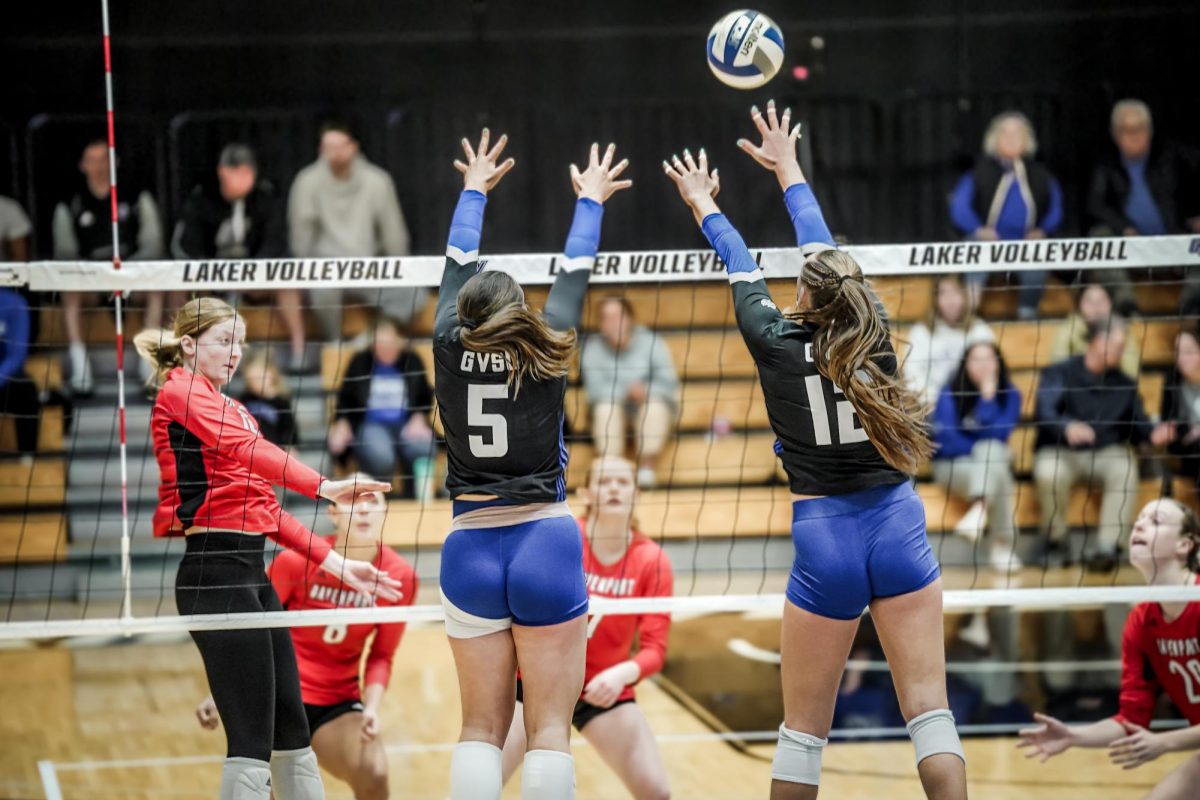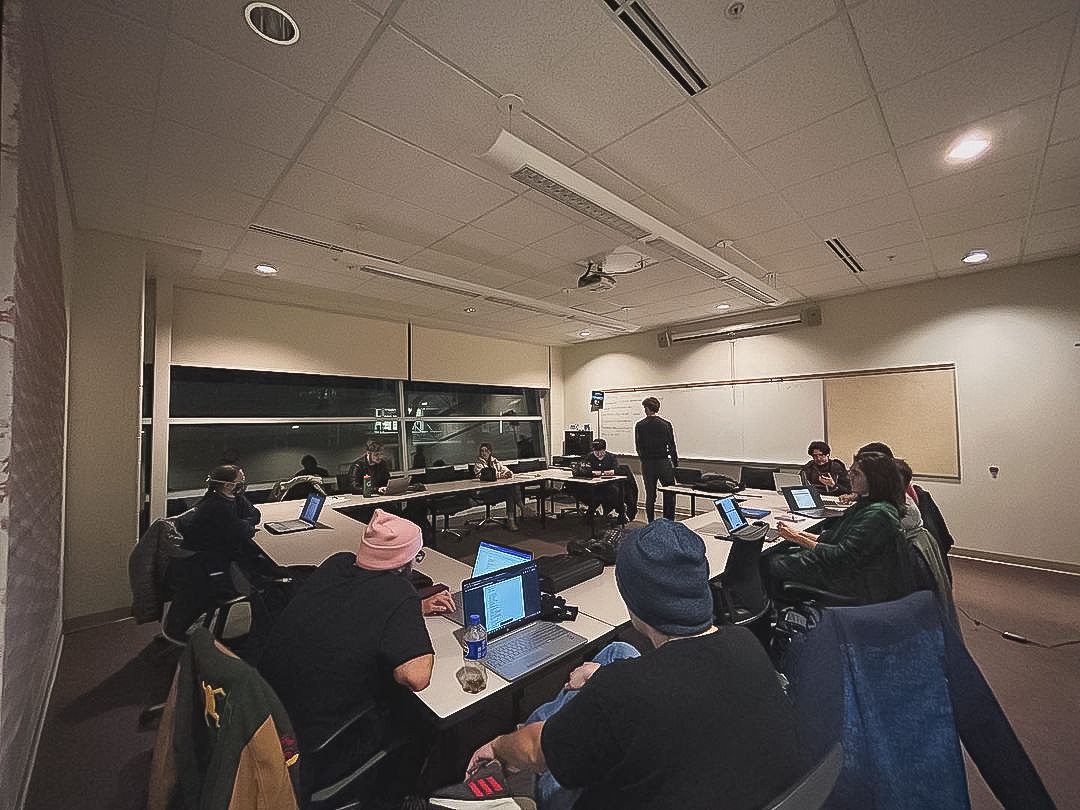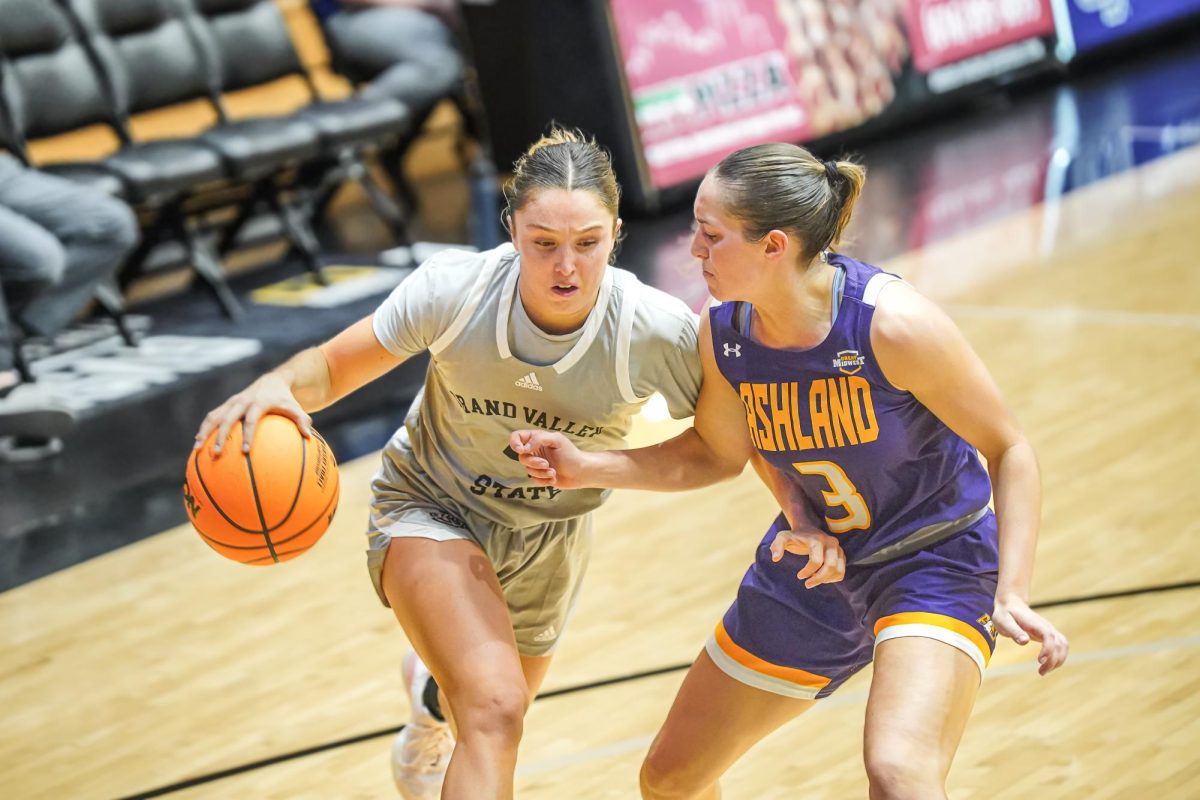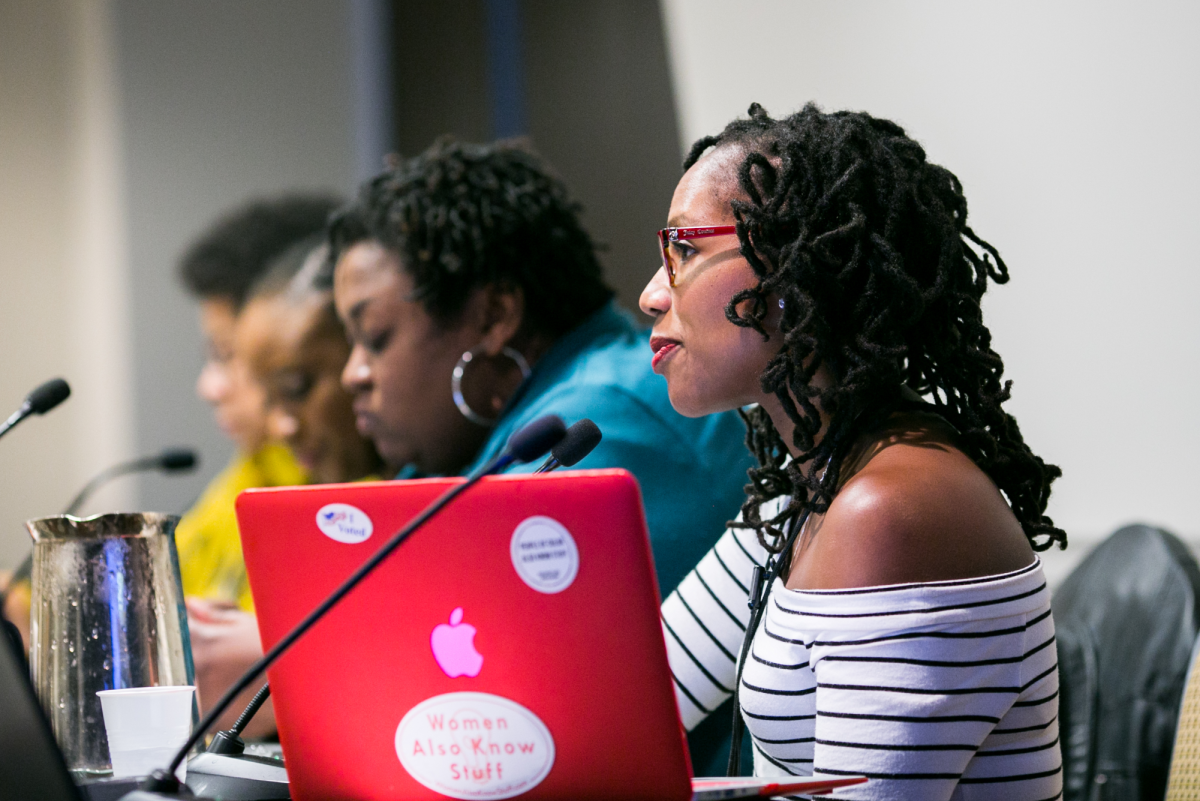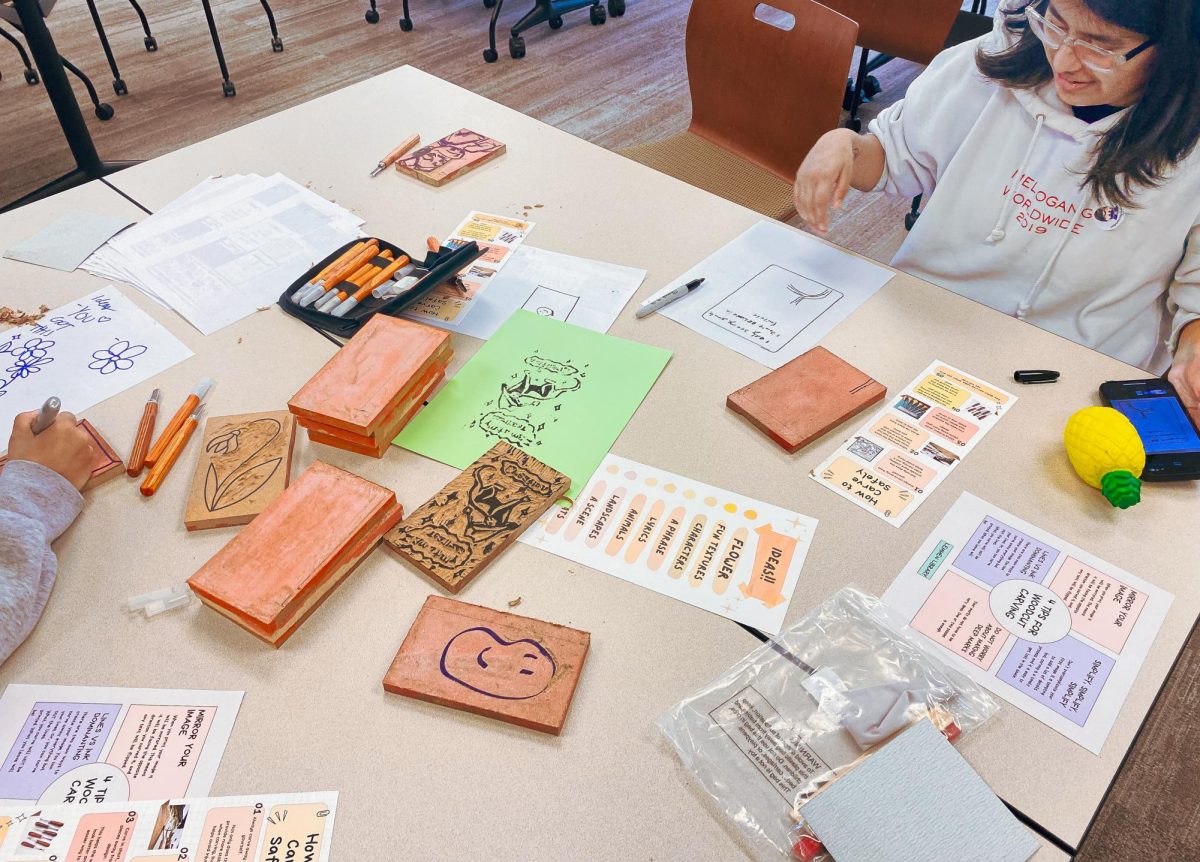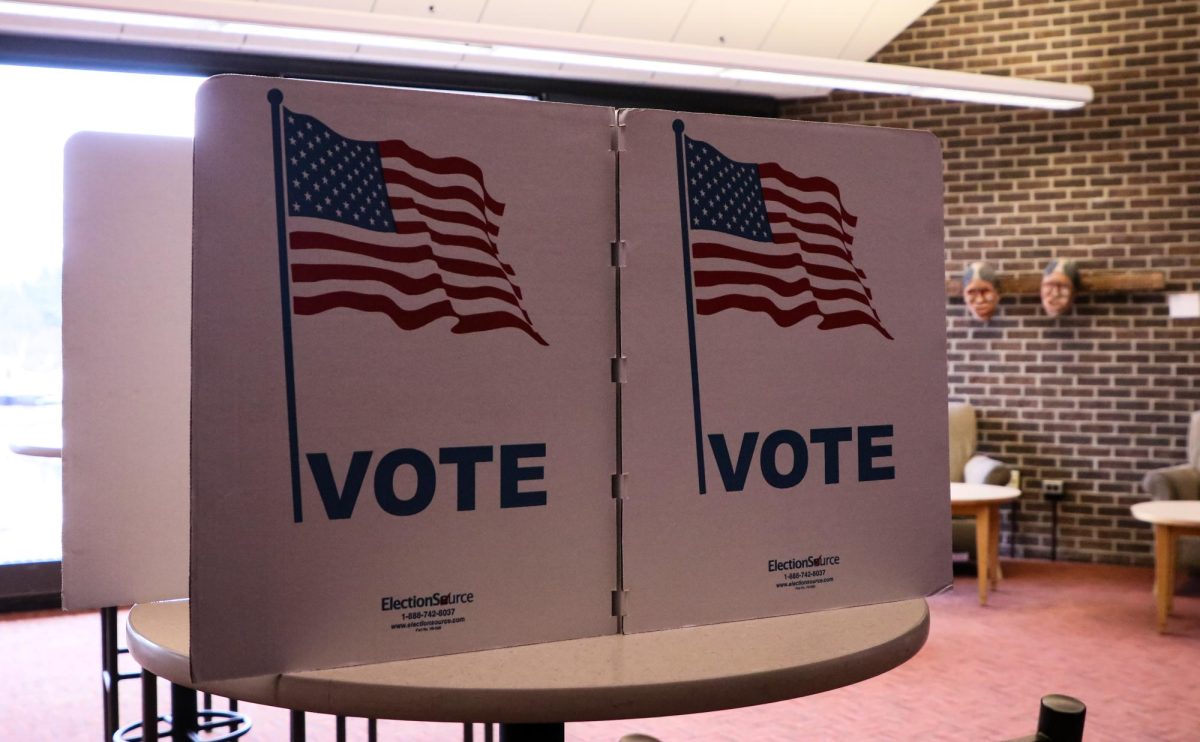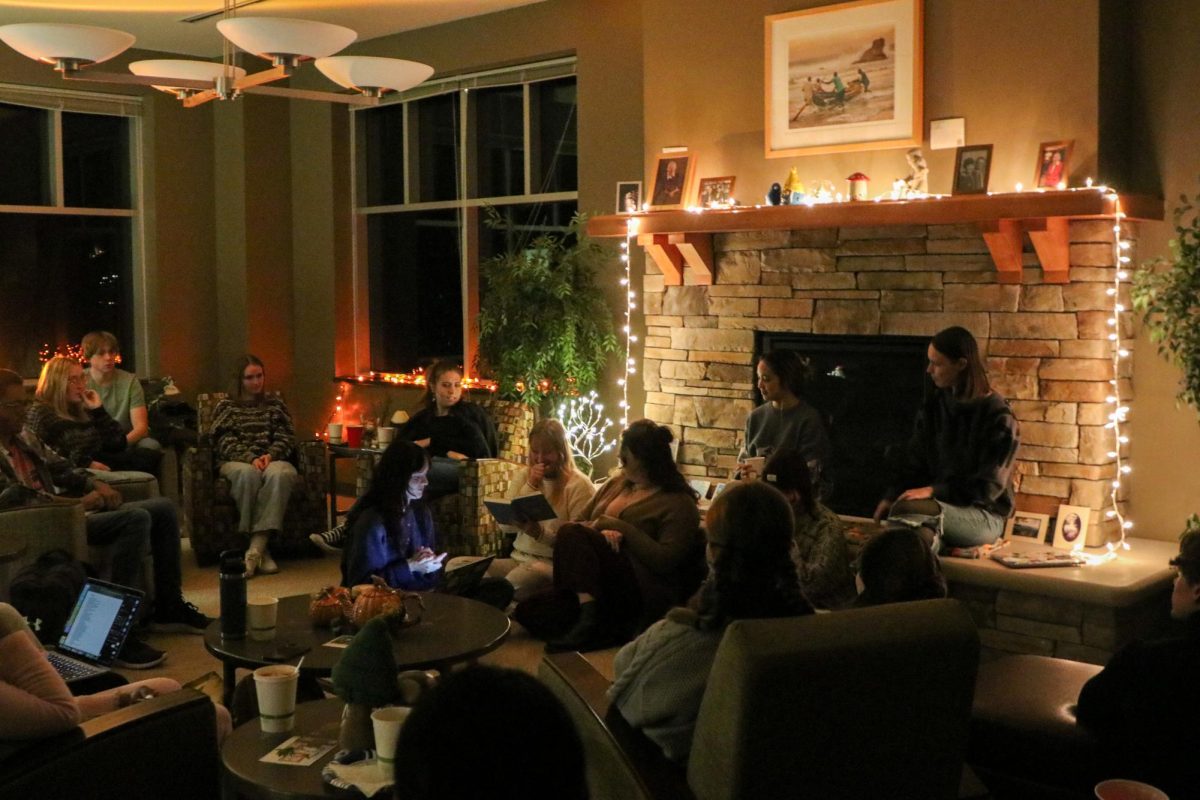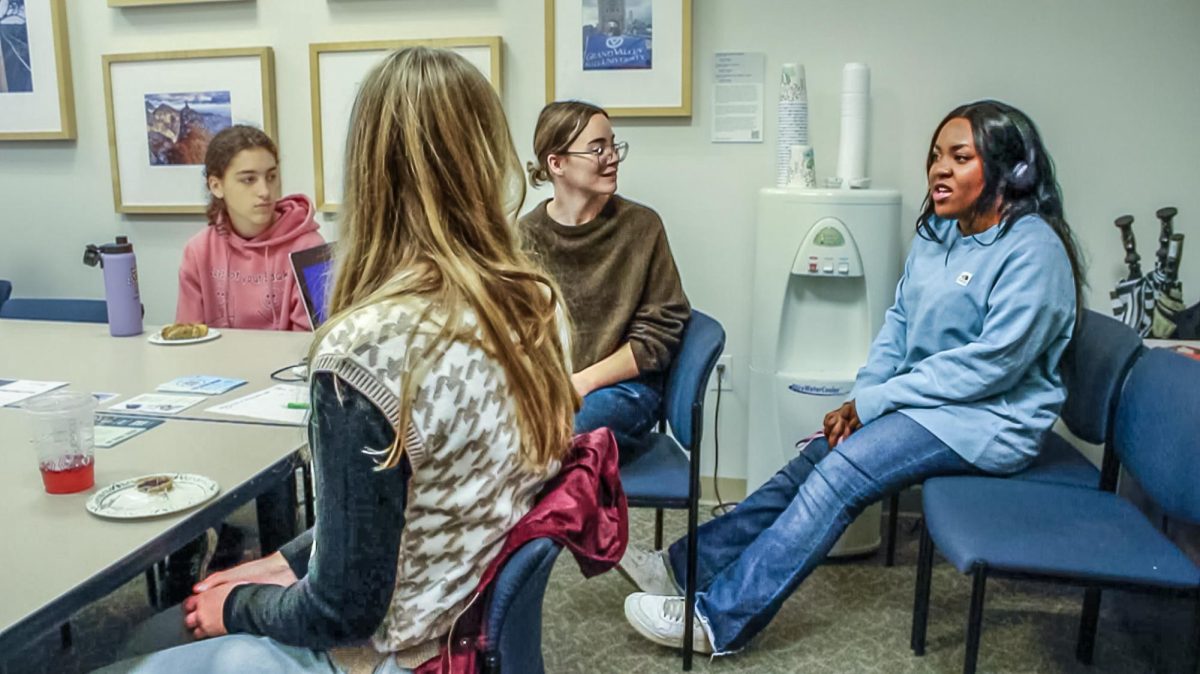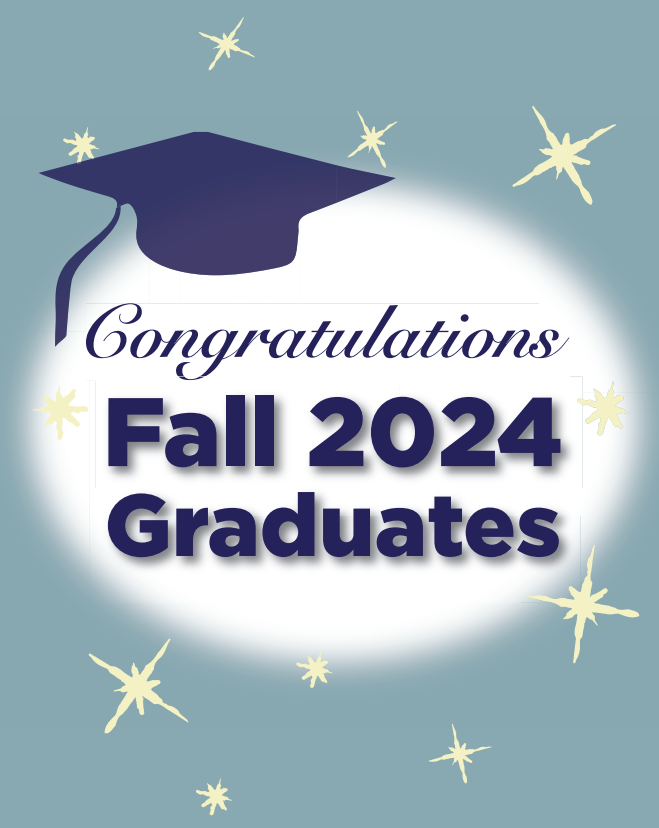Two heads are better than one
Nov 20, 2013
Group projects and collaborative learning techniques are gradually becoming more prevalent in classrooms around the nation, including those at Grand Valley State University.
“Group work enables students to interact with each other in dynamic ways that aren’t achieved in quite the same manner as in individual assignments,” said Elise Hollister of the biology department. “Group work also encourages students to help each other solve problems and helps foster effective communication skills between students. For students that are more introverted, it can be more difficult to communicate with their peers. Sometimes group work is associated with some members doing more work than others by doing more than their fair share of the work, but this prepares students for the same outcome they will find when they enter the workforce after graduation.”
The idea behind group learning is to develop skills that will become important once students enter the job market where joint efforts are necessary. Though the positives are clear enough, there are also negatives behind this new wave of learning.
“Group efforts in the classroom allow for a more comprehensive understanding of a subject,” said Ruth Meyering, professor in the mathematics department. “The only problem is in the application.”
Unlike the professional setting of a job, school groups lack the advantage of a common workplace, schedule and defined roles and responsibilities. In a professional setting, partners meet and work together as part of their job in the convenience of their workplace, a privilege many college students find hard to come by.
“Having to work with other students who are on a varied version of your own busy schedule is almost impossible,” said Janae Janca, a sophomore at GVSU. “We are going to college to be the best that we can be, and the added stress of group work is unnecessary.”
Despite logistical difficulties, studies have shown that this type of collective learning has positive effects on material retention and overall success. It helps break complex tasks into parts and steps, teaches methods to plan and organize time, and helps improve communication skills that will become useful in any professional setting.
“Group work is beneficial because once students graduate, they may have a job that requires joint effort to accomplish tasks,” freshman Tyler Tester said. “Working with others is a skill that you will need no matter where you go in life.”
Enforced and used in early education as a way to teach students to get along with others, the idea of group work is taught to students throughout their developing years.
When looking toward their professional futures, the idea of how well an individual can communicate and work with peers becomes increasingly important since interpersonal skills and effective communication are critical for most jobs.
“Incorporating group work promotes individual effective communication skills, interpersonal skills, leadership and trouble shooting skills, to name just a few,” Hollister said. “I can see why GVSU is promoting group work as a component in many courses. It fosters skills in students that are critical to employment.”
However, with possibilities such as online education and home schooling, this idea of stressing the importance of working as a team seems harder to incorporate into education.
“In theory, it is a wonderful idea,” Meyering said. “In a world where we are becoming more and more isolated by technology, we’re losing touch with the idea of collaboration. Students are becoming more and more apt to doing things by themselves and they’re not used to having to work with others.”




